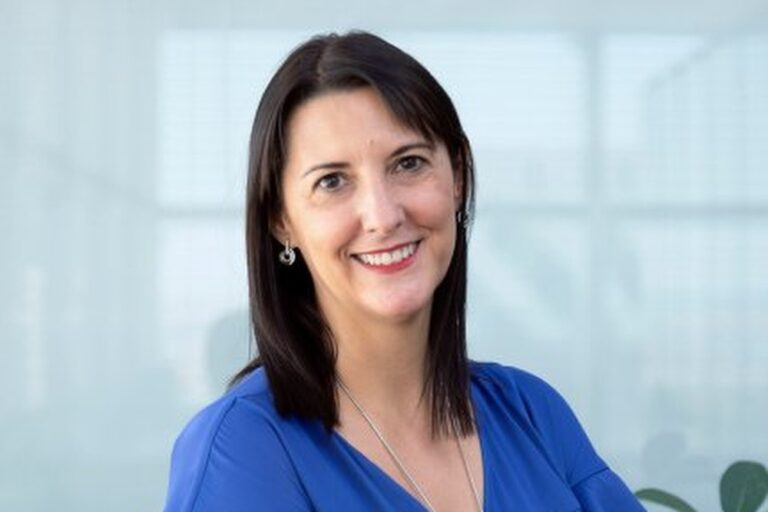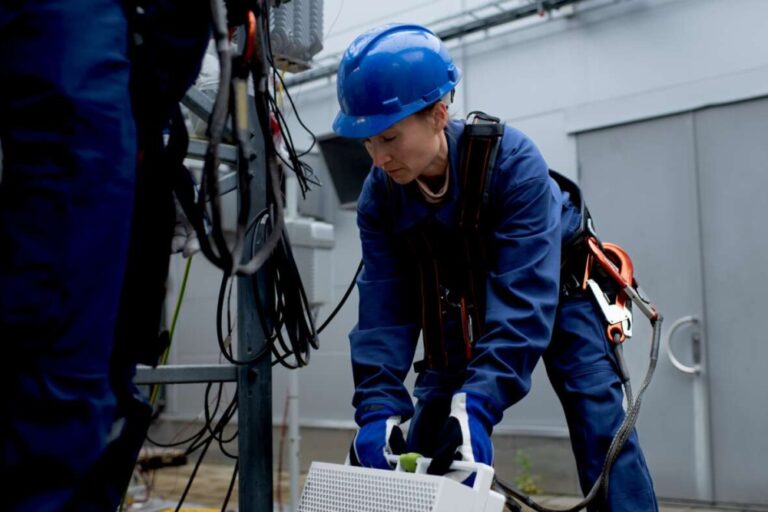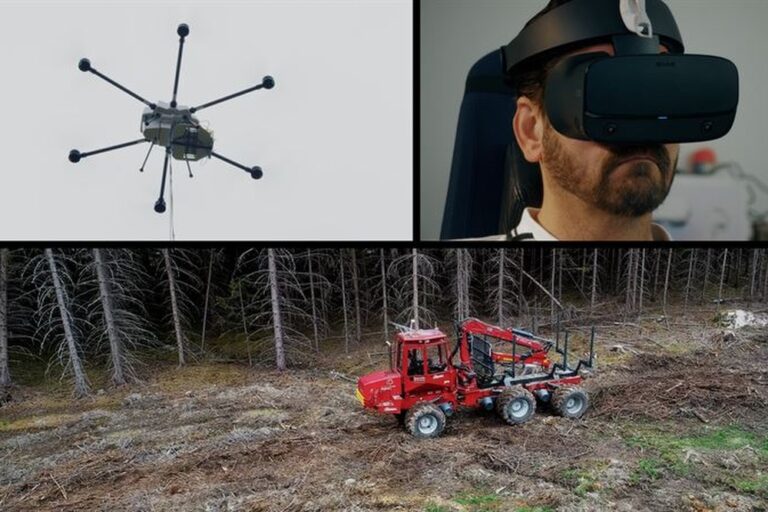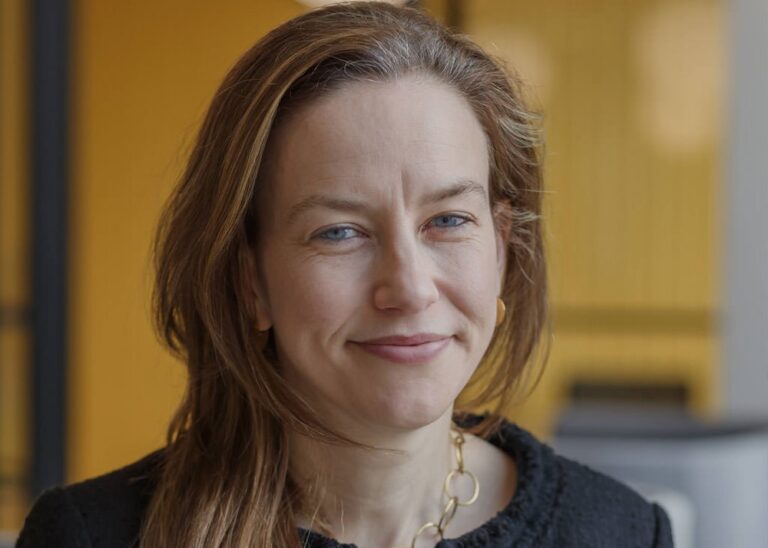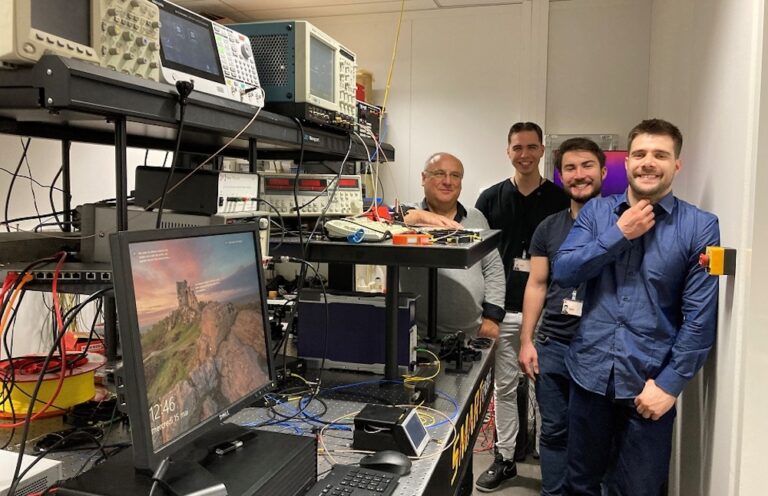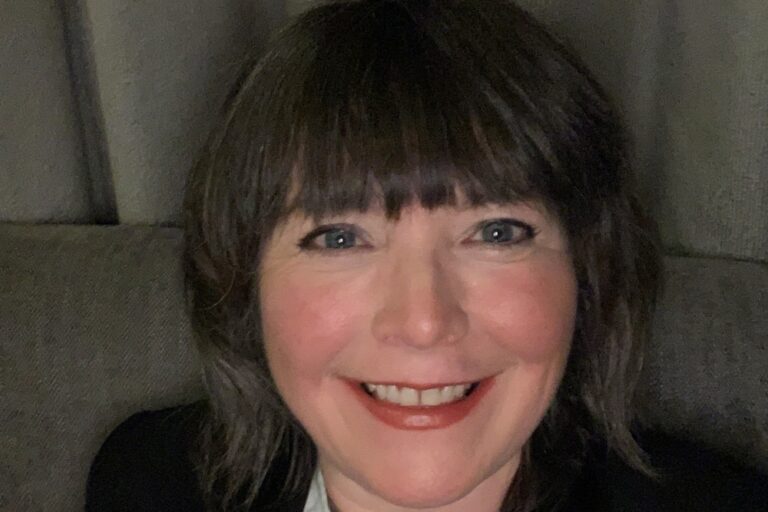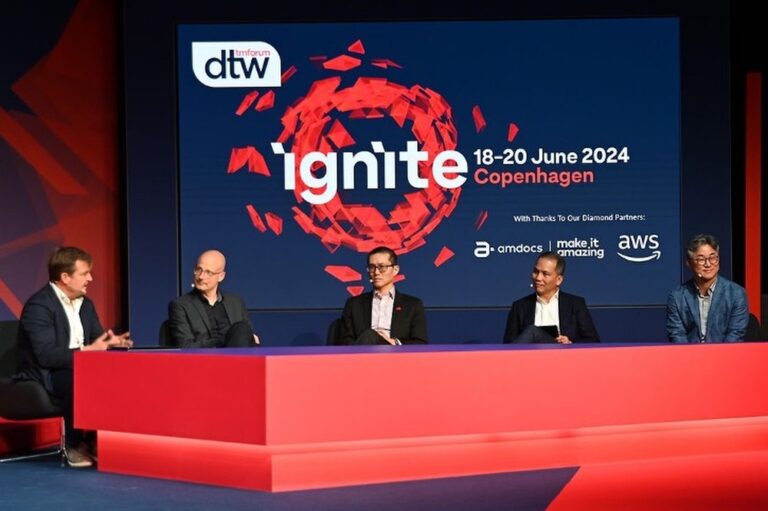Starting in Spain, they will deploy SHARK.X, an open, hybrid, multi-cloud platform and create a use case office to develop pilots for customers
A new collaboration agreement between Telefónica Tech and IBM is intended to drive the deployment of AI, analytics and data governance solutions to meet the dynamically evolving needs of enterprises. They will deploy SHARK.X, “a new open, hybrid and multi-cloud platform that hosts different IBM hardware and software components, with access to IBM Cloud and other clouds”.
IBM’s Storage Fusion HCI infrastructure for running enterprise applications will be deployed in Telefónica Tech’s La Cabina facility, which is Telefónica’s technological centre for the digital transformation of companies and public administrations.
Telefónica Tech will provide specialised professional services to define the most appropriate deployment architecture for each customer and integrate the solution into their environment, as well as ingest data from different sources and develop artificial intelligence use cases aimed at addressing their business priorities.
It will also provide advice in the field of data governance and artificial intelligence models and in the field of regulatory and ethical compliance, which is especially relevant with the new regulations approved in the European Union.
Software level
At the software level, SHARK.X will include several IBM technologies that will cover the value chain associated with enterprise data management, analytics and management of enterprise data. SHARK.X will host IBM Cloud Pak for Data to enable data collection, organization, analysis and governance.
It will include the IBM watsonx AI and Data platform, which was launched last year, to build, deploy and scale AI applications “in a simple, secured and governed way”. It will also offer Cognos and Planning Analytics to glean collaborative business intelligence, planning and reporting solutions.
According to the companies, these capabilities mean the SHARK:X platform will address both traditional and generative AI initiatives and address end-to-end data governance and management. At the same time, they will provide a Lakehouse as an enterprise data management solution to address data security and protection. In short, SHARK.X promises business intelligence, planning, optimisation and reporting.
Spanish steps
According to findings in the IBM Global AI Adoption Index study, almost half the companies in Spain that are already working with AI claim they have accelerated their investments in it in the last two years.
In this new collaboration, the companies will develop and deploy an open, hybrid and multi-cloud platform that specialises in data management and AI to accelerate business initiatives for customers.
They will run a use case office, demonstrations and development of minimum variable product (MVP) and the implementation of resources, training and certifications.
Telefónica Tech and IBM will launch a use case office, comprising professionals from both companies, to promote and coordinate the definition and development of use cases, proofs of concept, and MVPs to accelerate business development and further showcase the value available to clients through the use of these technologies.
The collaboration is already providing generative AI solutions to customers, including code generation for IT applications, automation of processes and incidents, cognitive assistants in industrial operations, advice and customer service, analytics, processing and management of audiovisual content and text documents.
Long history
IBM and Telefónica Tech have a history of collaboration that includes hybrid cloud-based solutions, such as TROS, Telefónica Tech’s multi-cloud service based on RedHat OpenShift; integrated AI for the creation of virtual assistants to improve customer service; and optimized supply chain management to increase the traceability of business assets with blockchain.
Elena Gil Lizasoain, Director of the AI and Data business unit at Telefónica Tech (pictured), said, “This new collaboration with IBM will help drive the many benefits of Artificial Intelligence, traditional and generative, and proper data management in the business world. By combining the knowledge of both teams, we will continue to advance in the construction of use cases aimed at creating more efficient and sustainable businesses.”


